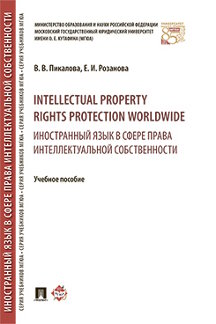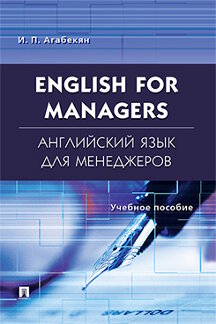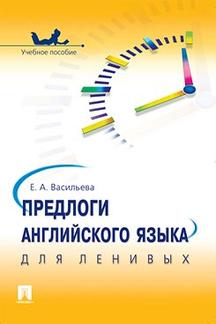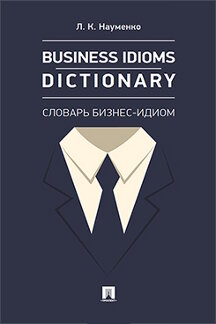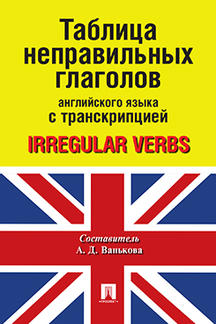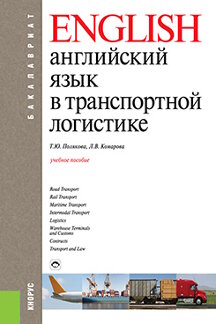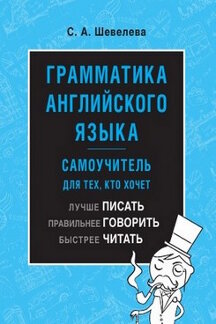|
|
ОглавлениеUnit 2 IP: International Legal Environment Unit 3 Copyright Law: Rationale of copyright. Obtaining and enforcing copyright Unit 4 Copyright Law: Moral and Economic rights Unit 5 Copyright Protection of Computer Software Unit 6 Copyright Law: “Whose format is it anyway?” Unit 7 Trademarks: definition, functions, registration and use Unit 8 IP and Business: Trademark Coexistence Unit 11 Patent Law: Patent application Unit 13 Role of Intellectual Property in Enhancing the Competitiveness of the Tourism Industry Для бесплатного чтения доступна только часть главы! Для чтения полной версии необходимо приобрести книгуUnit 8 IP and Business: Trademark CoexistenceVOCABULARYabandon a trademark — отказаться от товарного знака, не использовать товарный знак maintain a patent / a right in relation to a trademark — заявлять права на патент, сохранять патент в силе/сохранять право на товарный знак в силе police rights — следить за соблюдением прав in good faith — добросовестно, честно trespass on each other’s territories conclude a formal co-existence agreement — заключить соглашение об одновременном использовании схожих товарных знаков concurrent use — одновременное использование a delimited geographical area — определять границы территории contravene the trademark coexistence agreement — нарушить соглашение об одновременном использовании схожих товарных знаков counterfeit — подделка, фальшивка, контрафакт renouncehis right — отказаться от права factual indicia — фактический признак burden of attribution — бремя установления авторства estoppel — процессуальный отвод READING 1Exercise 1. Read through the article and complete the spaces (1–5) using the sentences (a — e). a) The problems start if this distinguishing function no longer works because the businesses for which the trademarks were originally used begin to overlap. b) In a formal trademark coexistence agreement both parties recognize the right of the other to their respective mark and agree the terms on which they may exist together in the market place. c) Trademark coexistence describes a situation in which two different enterprises use a similar or identical trademark to market a product or service without necessarily interfering with each other’s businesses. d) But neither company foresaw that the future development of digital music technologies was to bring the two fields much closer together. The case of Apple Corps, the record label founded by the Beatles, and Apple Computer illustrates the difficulties (see WIPO Magazine 3/2006). Trademark Coexistence 1) _____________________. Often trademarks consist of the family name of the person who started a business and, where that name is a common one, it is not unusual to find similar businesses under the same or similar names. None of this need lead to conflict or litigation, as long as the trademarks in question continue to perform their main function, namely to distinguish the goods or services for which they are used from those of competitors. 2) _____________________. Thus trademarks which had happily coexisted at one time may suddenly enter into a conflict. This is particular frustrating where both businesses use their identical trademarks in good faith, but because of business expansion start to trespass on each other’s territories. In some cases, when two companies are aware that they are using similar or identical trademarks, they may choose to conclude a formal co-existence agreement in order to prevent the future use of the two marks overlapping in such a way as to become undesirable or infringing. In certain common law jurisdictions, the concept of “honest concurrent use” may apply. This takes into account the nature and length of use, the geographical area of trade, and the honesty of the adoption and subsequent use of the mark. A long period of concurrent use (at least five years) may help to overcome an opposition, and allow the two marks to coexist. However, a finding of honest concurrent use depends on a number of factors, including the likelihood of consumer confusion. Cases in which both parties are granted registration with, for example, a delimited geographical area of use for each company’s mark, seem therefore to be an exception rather than the rule. “Come Together” 3) _____________________. Such coexistence may be based on a division of the territories in which each holder may operate, or on a delimitation of their respective fields of use, i.e. regarding the goods or services on which they are used. The real challenge, however, lies in anticipating the future development of each company’s activities. Where would each company like to see itself in ten or twenty years’ time? 4) _____________________. The two companies entered into a trademark coexistence agreement in 1991. This provided that Apple Computer would have the exclusive right to use its Apple marks “on or in connection with electronic goods, computer software, data processing and data transmission services”; while Apple Corps would have the exclusive right to use its own Apple trademarks “on or in connection with any current or future creative work whose principle content was music and/or musical performances, regardless of the means by which those works were recorded, or communicated, whether tangible or intangible.” Thus, although the two companies had confusingly similar trademarks, they identified an area in which they were distinct — i.e. fields of use — and this became the basis of their coexistence agreement. The agreement permitted the two companies to continue to do business and build on their reputations without infringing on each other’s rights. 5) ____________________. When Apple Computers launched the iPod and the iTunes software and music store, Apple Corps sued, claiming that Apple Computers had trespassed into the area exclusively reserved for Apple Corps, thus contravening the trademark coexistence agreement. The court looked at the issue from the point of view of the consumer and held that there had been no breach of the agreement as the Apple Computers logo had been used in connection with the software and not with the music provided by the service. No consumer downloading music using the iTunes software would think they were interacting with Apple Corps. Despite the coexistence agreement, expensive litigation was not avoided in this case. As in all agreements, therefore, it is advisable to include a clause on dispute settlement for when problems arise in the future. Exercise 2. Read trough the text again and answer these questions. 1. What does trademark coexistence mean? 2. What does a trademark coexistence agreement provide? Does this agreement prevent all possible conflicts in the future? 3. What was the basis of the coexistence agreement between Apple Computers and Apple Corps (what they identified in their coexistence agreement)? 4. Why did Apple Corp bring a suit against Apple Computers? What was the decision of the court? Why? 5. What clause should be included in a coexistence agreement to avoid expensive litigation? READING 2Exercise 3. Read through the article and answer the question What policy of the EEA is known as Fortress Europe?Interpret the article into Russian. Trademark Law: “Trade marks up in smoke?” С книгой "Intellectual property rights protection worldwide = Иностранный язык в сфере права интеллектуальной собственности. Учебное пособие" автора Пикалова В.В., Розанова Е.И. также читают:Внимание! Авторские права на книгу "Intellectual property rights protection worldwide = Иностранный язык в сфере права интеллектуальной собственности. Учебное пособие" (Пикалова В.В., Розанова Е.И.) охраняются законодательством! |
||||||||||||||||||||||


